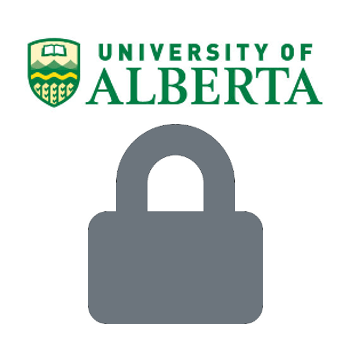This decommissioned ERA site remains active temporarily to support our final migration steps to https://ualberta.scholaris.ca, ERA's new home. All new collections and items, including Spring 2025 theses, are at that site. For assistance, please contact erahelp@ualberta.ca.

Item Restricted to University of Alberta Users
Log In with CCID to View Item- 37 views
- 2 downloads
Monsters no more: how we came to love the denizens of the dark
-
Supernatural creature feature
-
- Author(s) / Creator(s)
-
The 21st century monster is no longer simply a monster but rather a sexy love interest, a morality tale, a metaphor for loss and trauma, a displacement of fears, and a symbol of female power. My fascination with supernatural creatures began when my parents took me to a theatre production of Dracula when I was eight. It is one of my earliest vivid memories, sitting in a dark, small-town theatre, equally mesmerised and terrified as the story of Dracula unfolded. That fascination has grown to encompass a myriad of creatures and led me to write Monsters No More: How We Came to Love the Denizens of Dark. This narrative non-fiction book delves into our contemporary obsessions with the supernatural. Visit www.kh1art.ca for a course related to this book.
Why do we want to have sex with vampires? Are female werewolves different than their male counterparts? Why do we aspire to kill zombies? Why do we long to prove the existence of ghosts? Why have we vilified witches? Why do demons so rarely possess men? I take up these questions, and many more, to explain why stories about vampires, werewolves, ghosts, demons, witches, and zombies have captured our imaginations and hearts with an examination of art, film, and television created during this century.
-
- Date created
- 2025-01-01
-
- Type of Item
- Book
-
- License
- © 2025 Use of this product is restricted to current faculty, staff, and students of the University. It is the responsibility of each user to ensure that he or she uses this product for individual, non-commercial educational or research purposes only, and does not systematically download or retain substantial portions of information. Users may not reproduce or redistribute unprocessed/raw data portions of the data to any third party, or otherwise engage in the systematic retransmission or commercialization of the data.